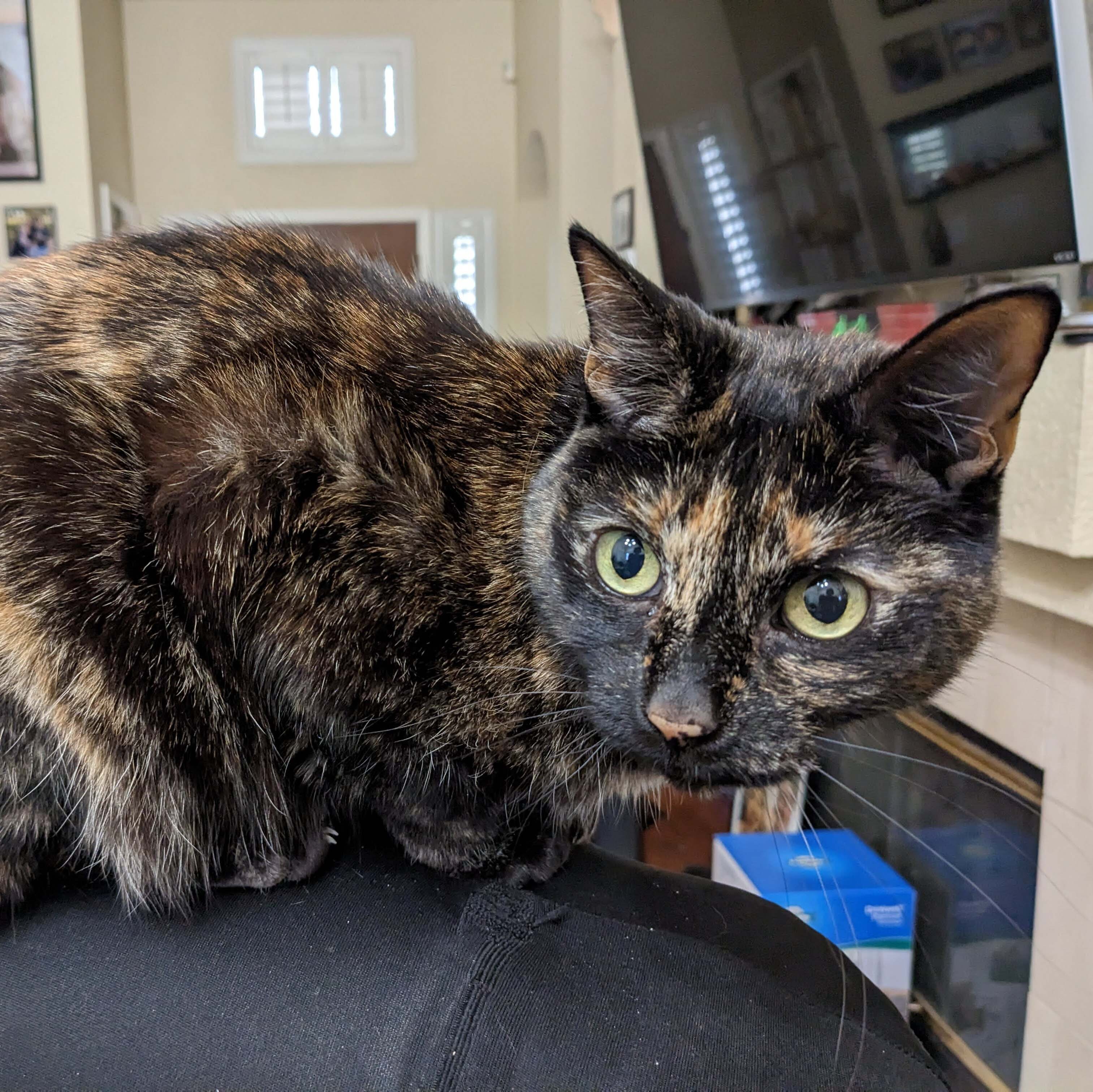Hey folks,
I was printing a frame with a fresh unopened roll of PETG. I haven’t seen this type of thing before. I’m guessing it’s because I tried a new (to me) cura setting to move the seam to the corner.
Besides this area, everything came out great.
Any tips on how to get PETG and corner seams to not do this? (Or is the issue unrelated?)
Seems like flowrate is too high and/or your filament isn’t dry (or maybe a partial nozzle clog). I know you said it’s ‘fresh’, but unfortunately just because it’s sealed doesn’t mean it’s dry.
I don’t think it’s related to moving the seams…
Figures. Next print will have the filament sit in the dryer for a few hours first. Thanks!
Try drying it. I have issues with wet filament all the time, even fresh out of the vacuum sealed wrapper. Another thing to try would be to slow it down to see if it goes away. The third thing would be to calibrate the flow and pressure advance (orca slicer has the functionality built in)
I’ve been dealing with the same for a while with rapid petg. For me it came down to tuning retraction/untretraction distance/speed. PETG is more generally more viscous than something like PLA and retracting too far can cause large gaps like this.
This can also be caused by oozing from the nozzle. The filament that is meant to go down next drips/strings out of the nozzle so the hotend under extrudes until the pressure is back
I don’t see mention of your print speed but if it’s fast-ish (above 100mm/s) the pressure balance in the hotend becomes a significant factor
Mine printed at 60mm/s. I need to try changing the retraction around a bit.
Do people re-calibrate this stuff for every print or per roll or per brand? I yearn for a day when I could just hit print and it goes.
I generally calibrate per filament brand and type. Sometimes different colours of the same brand/type behave differently, but usually it’s fine. Haven’t really had issues where I had to change settings between batches.
Make sure you do the calibration on filament you’re sure is dry however… Then, in case you run into issues later just make sure it’s dry first.
I can’t believe how many of my print issues were simply related to wet filament.
I’ve fixed similar issues by calibrating input shaping for a specific filament, if I recall correctly.


